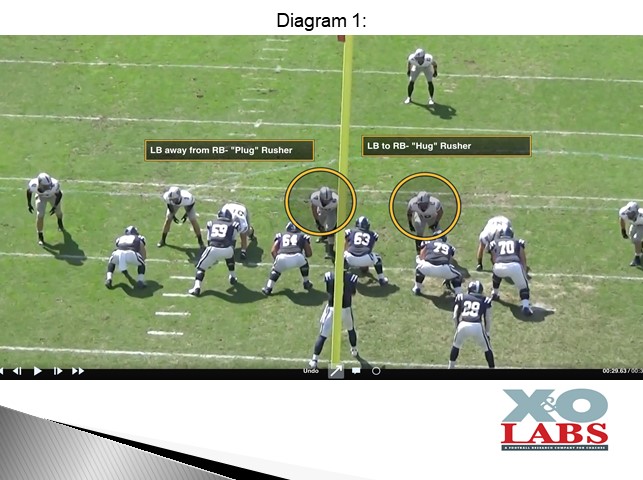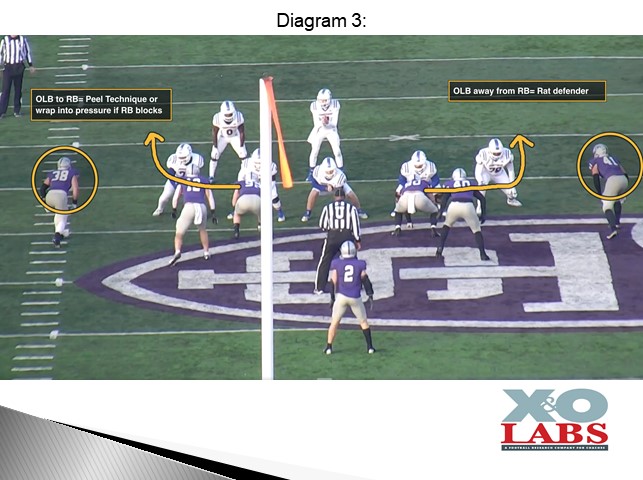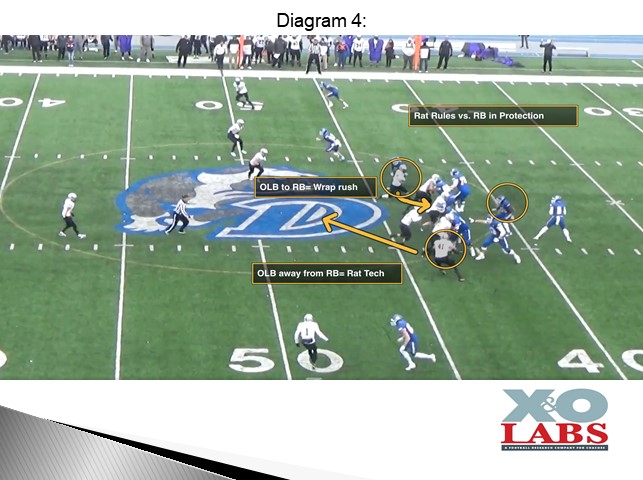By Mike Kuchar with Wallie Kuchinski
Defensive Coordinator
University of St. Thomas (MN)
Twitter: @kuchinski8
If you’re familiar with the University of St. Thomas (MN) defensive system then you understand how much defensive coordinator Wallie Kuchinski loves to pressure. And if you’re not familiar with Coach Kuchinski’s system you better start learning it. UST has consistently been among the nation’s best defensively - first at the Division 3 level and now at the FCS level. And because the Tommies are reclassifying, its stats aren’t registered at the FCS level. But if they were, they would rank in the following: fourth in total defense (290 ypg), fourth in scoring defense (17.2 ppg), third in 3rd down efficiency (.29%) and tied for 7th in team sacks (3.09).
But it’s how Coach Kuchinski and his staff devises pressure that makes it so unique. Previously, Coach Kuchinski has relied more on fire zone concepts the last two seasons, but once he got comfortable in his backend personnel he made the shift to using man pressures for two simple reasons: they attack protections better and are less expensive in coverage. As a consummate studier of football, Coach Kuchinski modeled these pressures after what the University of Wisconsin has used and what Baylor University has used under coaches Jim Leonard and Dave Aranda respectively.
Personnel:
The advent of 11 personnel offenses has caused Coach Kuchinski to play his Odd front, Nickel defense now in over 70% of all downs. But while he calls it “Nickel” personnel, essentially, it’s a two-down structure, field, and boundary defense that utilizes the following personnel:
- 2 Interior Defensive Lineman– Nose and Tackle, who can be interchangeable
- 2 Defensive Ends– These are more linebacker personnel types that will play to the field and boundary on the line of scrimmage in this package.
- 2 Linebackers– Sam (strong-side inside linebacker) and Quick (weak side inside linebacker)
- 2 Corners
- 3 Safeties– The Nickel safety, Free Safety and Strong Safety
Communication:
In the Tommies system, all man pressures are classified by tools but defenders need to be aware of where the insert is coming from. For example, “Wrench” tells the safety he is coming down, while “Drill” is an indicator that they are blitzing the back. There are essentially three types of pressures that Coach Kuchinski uses in his man pressure concepts:
- “Axe” 1 Rat
- “Screw” 1 Rat
- Flush Rush
Axe 1 Rat
Type of Pressure: “Axe” is an “A” gap interior pressure with Sam and Quick linebacker
Best Practice: Use against man protection teams. These are interior A gap pressures, which work very well against man blocking teams because the running back has can’t locate both interior linebackers in time in protection. Often times, it presents a two-on-one against the running back.
Both interior rushes work outside the Tackles for contain, while the Sam and Quick work their rush off the Center. Coach Kuchinski classifies his teaching of these two backers as a “hug” rusher and a “plug” rusher. The hug rusher is the blitzer to the running back who will fit inside him. The plug rusher fits outside the running back.

Both linebackers will be on a “Face of Center” read and cross face if Center comes at him. If the Center doesn’t come at him, he stays inside the running back.

The outside linebacker to the side of the back will work the peel technique on the back, while the outside linebacker away becomes the rat. The coaching point for the Rat is to push one, two steps up-field to draw protection and get offensive tackle to set.

If the back doesn’t flare, it’s built in where the OLB to the side of the back becomes the wrap rusher while the other OLB becomes the rat (or spy) defender.

The intent is to generate a three-man pass off, which happens when the first rusher works outside the back and the second rusher fits off him. In the image below, the wrap rusher adds into the pressure and gets a sack.








